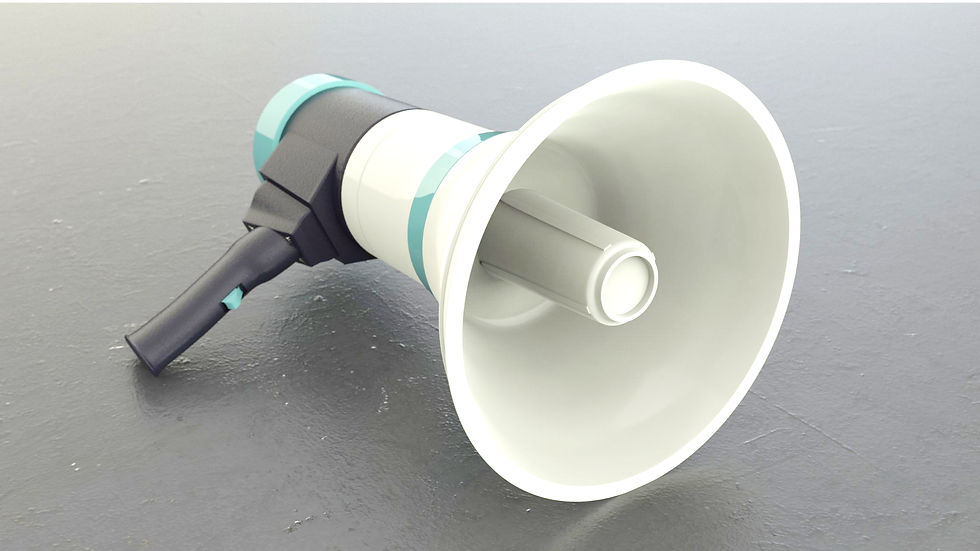When to Work With an Editor
- Adrienne

- Jan 22, 2024
- 5 min read
When is the right time to start editing your work?

Writing a book is hard work. It takes inspiration, dedication, and perseverance, not to mention the time and diligence needed to review version after version on your way to a finished product that you can be proud to put your name on. On those days when you've scanned the same pages fifty-odd times trying to find just the right word, daydreaming of your big launch and planning your future releases may just get you through. But what if there were someone else working with you, giving you the feedback you need to make your words resonate to your readers?
Many authors start out thinking that in the era of self-publishing, they should be the one doing everything to get their work ready for publication: planning, writing, reviewing, and finalizing, etc., contacting an editor only for a final proofread. But if an editor is involved in your project at the right time, they can do so much more than just check your spelling and grammar.
When you are beginning your project
You've written it all down and hit save. Now you can lean back in your chair and breathe a sigh of relief: your book is done, right? Sorry, no, it's just beginning. What you have is a first draft of your manuscript and this is a great time to talk about structural editing. Also called developmental editing, this is where an editor reviews the content of the work as a whole from the perspective of your ideal reader. It's not the time for grammar, spelling, punctuation, or formatting. Instead, with your audience in mind, they'll provide thoughtful feedback and recommendations to improve the flow of your content and determine if it meets their needs and expectations. (Note: Some choose to work through this step with a beta reader instead of a structural editor but either way, ensure you are getting advice from someone with knowledge of your genre or subject matter.)
For non-fiction works, this step will also look at the strength of your message and the supporting material. Your editor may suggest including background material or recommend removing a chapter that is too far off-topic. For example, you may love that funny exchange you had when interviewing a local restauranteur, but your editor may suggest it belongs in a different chapter, should be given additional context, or perhaps excluded completely, depending on the point you are trying to make. Any of these changes would, of course, be suggestions only and should be explained by the editor so that you, as the owner of your work, can decide how and if you choose to implement them. Remember, this is a conversation and, as in any good working relationship, you should feel at ease asking for clarification.
When you have a completed manuscript
If you have written your book, revised it (with or without an editor), and are happy with the content and conveyance of your material, this is the time for copy editing*. Yes, you may be eager to say you're finished and start adding images and designing your book cover but don't get ahead of yourself. It can be difficult for an editor to provide meaningful feedback if your book is already in layout. Any changes beyond minor typos can affect the flow of the text across the pages, causing extra work to redesign the book page by page which, beyond the additional cost, might risk you missing key delivery dates.
To make the most of the copy editing stage, provide your editor with a Word or Google Docs file where changes can be tracked and comments noted in the margins. As messy as the file may look when it's returned to you, filled with red lines and questions from your editor, it will be easier for you to see what changes have been made and to compare the original writing to the editor's proposed text. Then you can simply accept or reject their changes to create a new draft.
At this stage, your editor will also create a style sheet based on your writing that will allow you to follow along with editing decisions made throughout the document. These decisions may be unique spellings you have used that would not be found in a dictionary, proper names you've referenced, or the use and formatting of numbers. These style decisions are crucial for developing your writer's voice and making your writing consistent across chapters in a book or books in a series, from recipe to recipe in a blog or cookbook, or when you write articles regularly.
When you're getting ready for publication
Once you have had your work copy edited, the text is then finalized and you can move to the next step before publication. For you, this may mean submitting it in a query to an agent or publisher, in which case they will follow their process for launch. If you are creating an online post, or preparing for self-publishing by creating a digital file, now is the time for layout. Images will be sourced and sized for the page, additional material like a table of contents or index created, call-outs chosen, photo captions written, and page references or links inserted into the text. Only now should the document be proofread to catch things like incorrect punctuation, words that are misspelled or out of place on the page or screen, and to confirm any cross-references and captions. No major changes should be made here because most of the editing work has already been done. Phew!
Starting an author-editor relationship
No matter where you are in writing your project, it's never a bad idea to reach out and see what an editor has to say. All good editors will provide you with honest feedback about how they can assist you before any contract is signed. They'll want to know details about your project, what stage you're at with it, and what your timelines and expectations are in order to give you an accurate estimate for their services. Be wary of any editor that offers to sell your work before it's finished or gives a price without seeing anything specific to your work.
You don't have to have written much to begin looking for an editor. If you have an idea, an outline, or even a few chapters written, that's enough to send out a few inquiries and start forming that author-editor relationship. Though admittedly there isn't much they will be able to do for you yet, you can get a sense of whether or not you will work well together and what their availability looks like for the type of editing you want.
Still not sure what kind of editing you need or what it will look like for your work? The best way to get started is to begin the conversation. And when you're ready to talk, I'm ready to work with you!
*I have called this step copy editing but it really involves two components: stylistic editing (or line editing) which looks at word choice as well as sentence and paragraph structure; and copy editing which is concerned with correctness, consistency, and accuracy in your writing. These two steps are often combined.



